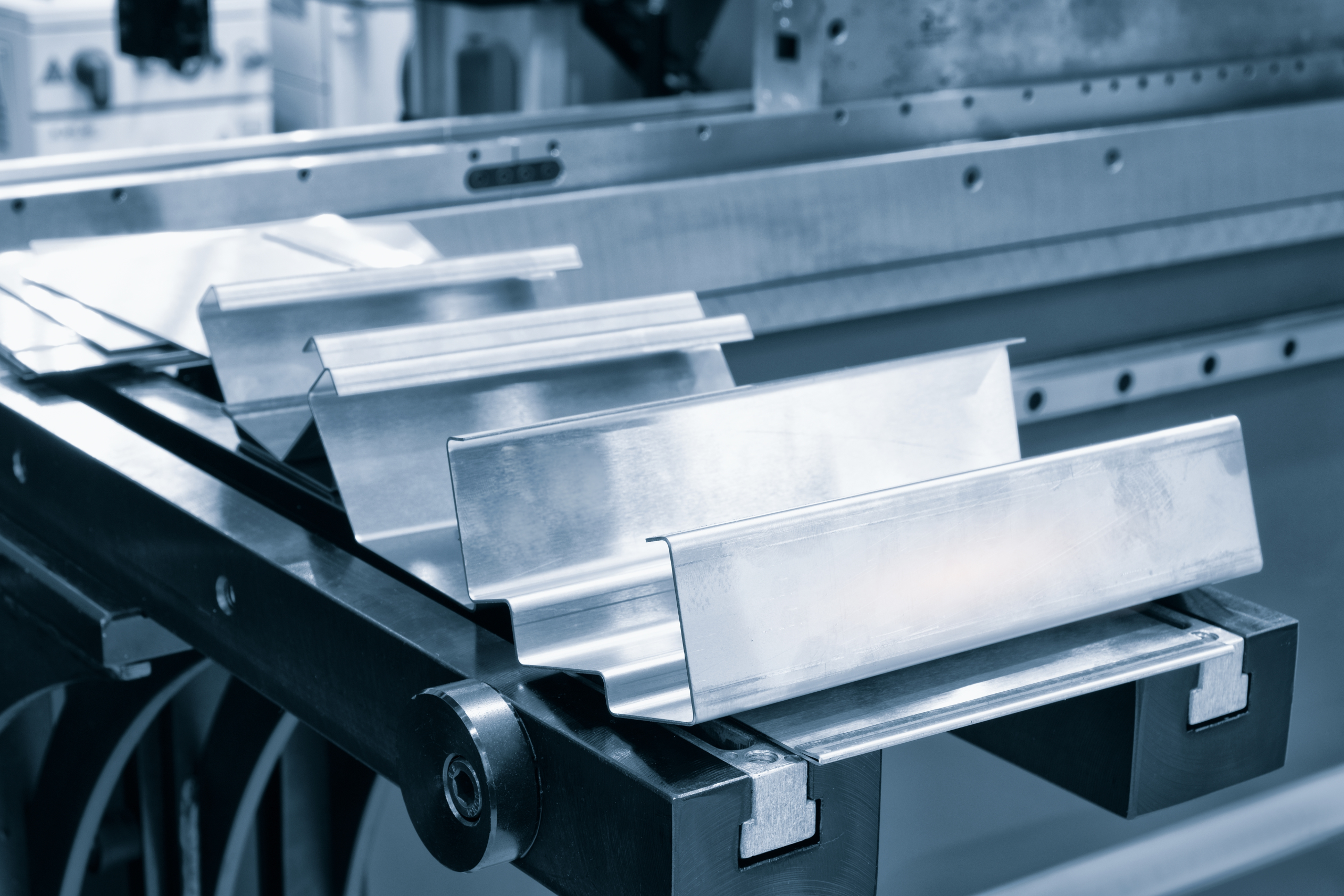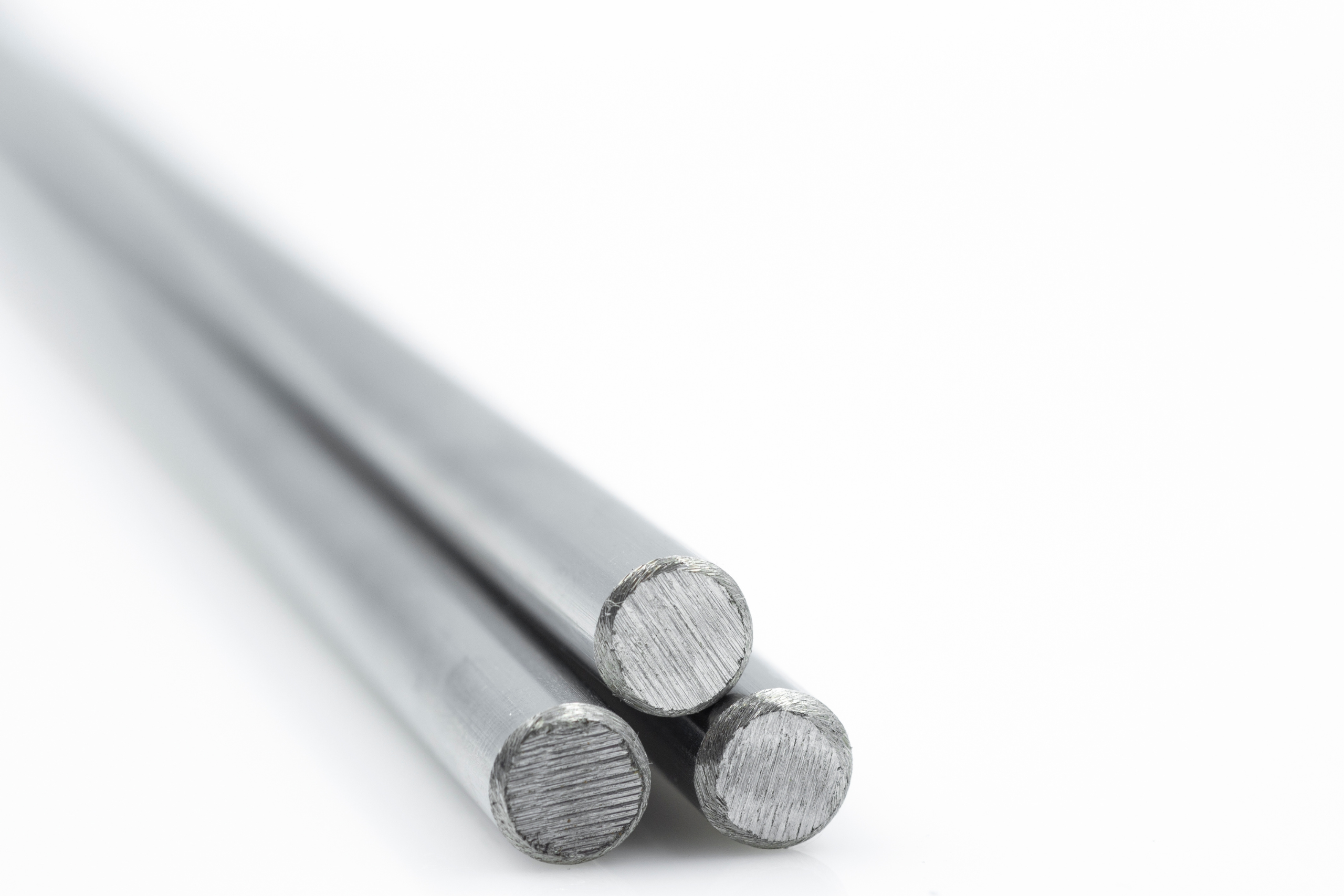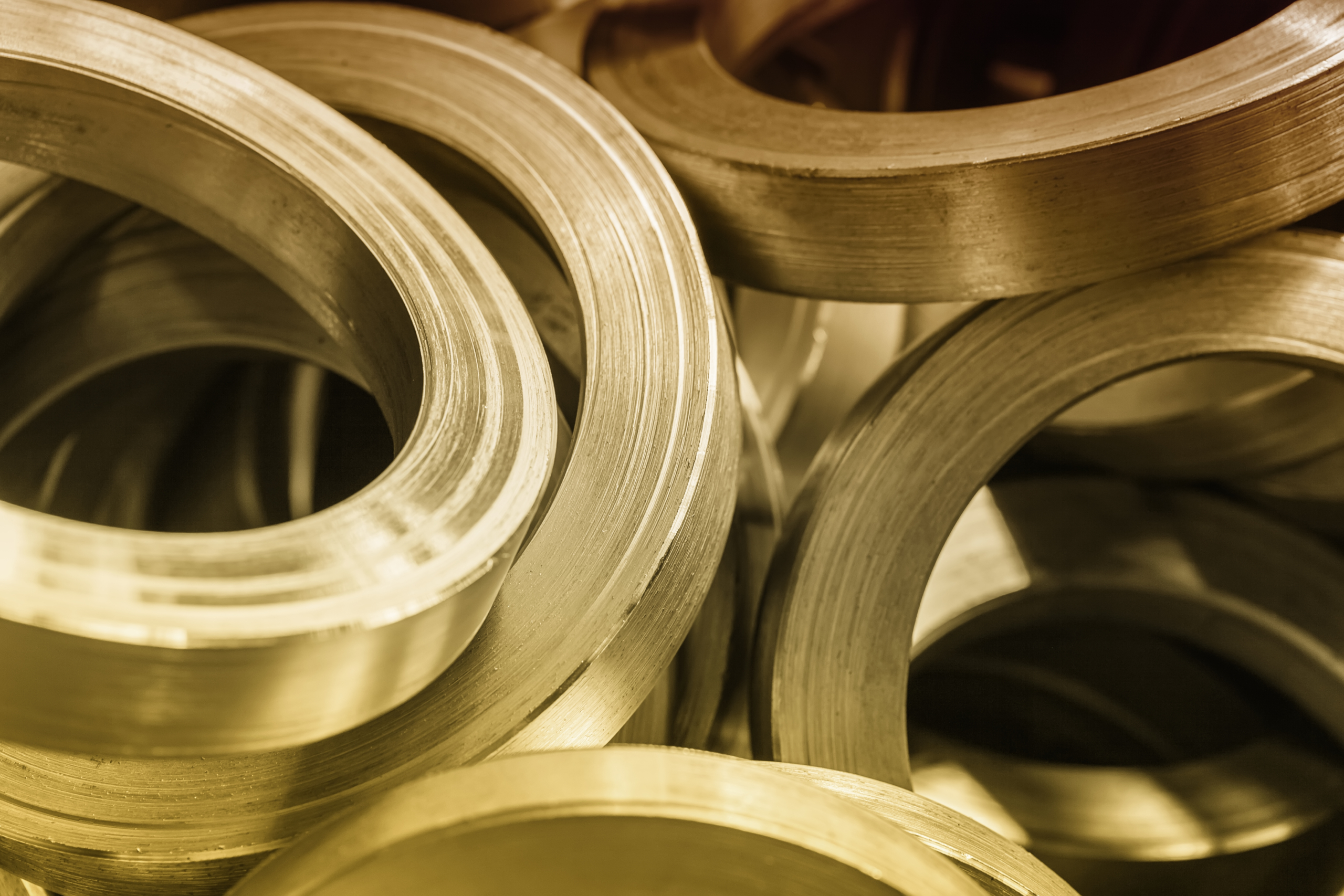Finish Architectural Knowledge Base
What is Anodising and How Does it Benefit Products?

Anodising is an electrochemical process that involves coating metal parts with an oxide surface layer. While it's commonly used for aluminium CNC machined parts, other substrates like magnesium and titanium can also be anodised.
This process enhances the durability and performance of products by creating a protective oxide layer on metal surfaces. This process is used to increase surface hardness, wear resistance, and dielectric strength of metals like aluminium, titanium, and magnesium.
anodising is a crucial step in manufacturing processes, ensuring the high quality and longevity of products. As well as providing manufacturers with a good base for painting or colouring, creating a stable but porous oxide layer on the metal's surface.
anodising is not just a decorative finish, but it also offers many practical benefits, which we’ll break down later on in this article.
What is Anodising Aluminum?
Now that we’ve covered what anodising is. Let's dive into the process of anodising aluminium and how it enhances the durability and performance of products.
anodising aluminium is an electrochemical process that forms an oxide surface layer on the metal parts. This process is commonly used in manufacturing aluminium CNC machined parts. The anodised coating provides additional sturdiness and a more attractive finish to the parts.
It ensures corrosion resistance, and wear resistance, and improves the overall cosmetic appearance. The thickness of the anodised coating depends on the time spent in the acidic electrolyte bath solution.
There are different types of anodising, such as Type I (Chromic Acid Anodise), Type II (Sulfuric Acid Anodise), and Type III (Hardcoat). anodising aluminium is a crucial step in fabricating CNC aluminium parts as it provides corrosion resistance and an improved appearance.

How Does Anodising Happen?
The anodising process happens by connecting the metal part to a positive terminal of an electrical circuit and immersing it in an acidic electrolyte bath solution.
The solution contains chemical compounds that create a bath of positive and negative ions. Once the part is submerged and secured, we apply the negative end of the circuit to a metal electrode in the bath.
When voltage is applied, the negative electrode attracts positive ions from the part, while the aluminium part attracts negative O2 ions from the solution. As positive aluminium ions leave the part's surface, it becomes porous and reacts with the negative O2 ions to form a layer of aluminium oxide. This layer is hard and corrosion-resistant, providing the desired benefits of anodising.
Advantages of anodising
Now let's talk about the advantages of anodising.
Surface Finish and Appearance
anodising enhances the surface finish and appearance of products through the formation of a protective oxide layer. This process creates a smooth and uniform surface, giving the product a polished and refined look. The anodised coating can also be dyed in various colours, allowing for customisation and aesthetic appeal.
Additionally, anodising improves the durability of the product by increasing its resistance to corrosion, wear, and scratching. The oxide layer formed during anodising is hard and provides an extra layer of protection against external elements.
This not only enhances the visual appearance of the product but also extends its lifespan. Overall, anodising offers a cost-effective way to improve the surface finish and appearance of products, making them more visually appealing and durable.
Corrosion Resistance and Durability
A major advantage of anodising is its ability to improve the corrosion resistance and durability of metal products. Which in turn extends their lifespan.
This process forms a layer of aluminium oxide on the surface of the metal, creating a barrier that prevents corrosion and protects against wear and tear.
The anodised coating is known for its high quality and durability, preventing issues such as chipping, peeling, or cracking over time. It also offers superior bonding and adhesion, ensuring a long lifespan for the products.
Furthermore, hard anodising significantly increases the surface hardness of the metal, making it comparable to certain hardened steels, although the specific Rockwell hardness achieved can vary depending on several factors.

Colour options and decorative applications
When it comes to anodising, one of the major advantages is the wide range of colour options and the ability to create decorative applications. anodising allows for the customisation of metal parts by offering a variety of vibrant colours to choose from.
This is achieved through a process called dyeing, where the porous surface of the anodised part absorbs organic or inorganic dyes. These dyes penetrate the oxide layer, resulting in a long-lasting and fade-resistant colour finish.
Additionally, anodised parts can be further enhanced through various decorative techniques such as laser etching, embossing, or engraving. These decorative applications not only add aesthetic value but also provide opportunities for branding, personalisation, and artistic expression.
Disadvantages of Anodising
Now let's address some of the disadvantages of anodising.
Increased Brittleness
While anodising can increase the surface hardness, potentially leading to a perception of increased brittleness, it's important to note that this effect is primarily at the surface level and does not compromise the overall structural integrity of the metal.
anodising involves the formation of a thick layer of aluminium oxide on the surface of the metal, which can lead to a reduction in flexibility and an increase in brittleness. This can be a concern, especially in applications where the metal parts are subject to mechanical stress or impact.
The brittleness can make the parts more susceptible to cracking or breaking under pressure. It is essential to carefully consider the specific requirements of the application and the potential impact of anodising on the mechanical properties of the metal before deciding to proceed with the process.
Inability to Brighten Surfaces
One potential drawback of anodising is its inability to brighten surfaces during the process. Unlike other finishing techniques like electroplating, anodising does not enhance the surface's glossiness or brightness.
This is because anodising is primarily focused on creating a protective layer of aluminium oxide on the metal part's surface, rather than altering its appearance. While anodising can provide a more attractive finish by offering various colour options through dyeing, it cannot achieve a high shine or mirror-like surface.
This limitation should be taken into consideration when choosing anodising as a finishing option, especially if a bright and reflective appearance is desired for the end product.
Types of anodising
Now let's talk about the different types of anodising. There are three common types: Sulfuric Acid anodising, Hard anodising, and Chromic Acid anodising.
Sulfuric Acid anodising is the most widely used and provides a good balance of corrosion resistance and cosmetic appearance. Hard anodising, on the other hand, creates a thicker and more durable surface layer, making it ideal for parts that require extreme wear resistance.
Lastly, Chromic Acid anodising offers excellent corrosion resistance but is less common due to environmental concerns.
Types of anodising
Now let's talk about the different types of anodising. There are three common types: Sulfuric Acid anodising, Hard anodising, and Chromic Acid anodising.
Sulfuric Acid anodising is the most widely used and provides a good balance of corrosion resistance and cosmetic appearance. Hard anodising, on the other hand, creates a thicker and more durable surface layer, making it ideal for parts that require extreme wear resistance.
Lastly, Chromic Acid anodising offers excellent corrosion resistance but is less common due to environmental concerns.
Sulfuric Acid Anodising
When anodising metal parts, one common type of anodising process is sulfuric acid anodising. This process involves immersing the part in a sulfuric acid electrolyte bath and applying an electric current.
The sulfuric acid acts as the electrolyte, allowing the formation of a thick and durable oxide layer on the surface of the part. This layer provides excellent corrosion resistance and enhances the cosmetic appearance of the part. Sulfuric acid anodising is widely used in industries such as aerospace, automotive, and electronics, where high-performance and aesthetically pleasing parts are required.
The thickness of the anodised coating can vary depending on the desired application, ranging from 5-25 microns for aluminium and 0.1-0.3 microns for titanium. Overall, sulfuric acid anodising is a cost-effective and efficient method for improving the properties of metal parts.
Hard Anodising
Hard anodising is a functional coating that creates an oxide layer between 20-100 microns thick, depending on the base alloy. It is performed in a sulfuric acid solution with higher acid concentration, low temperature, and a higher voltage applied.
This type of anodising is ideal for applications where durability and resistance are paramount. The thick oxide layer enhances the hardness of the metal, making it more resistant to wear and abrasion. Additionally, it improves the electrical resistance of the parts, making it a suitable choice when other insulating materials are insufficient.
Chromic Acid anodising
Chromic acid anodising is the least commonly used type of anodising, but it has its advantages in certain applications. It is often preferred for anodising castings and situations where a reduction in fatigue strength is not acceptable.
The film thicknesses produced through chromic acid anodising are the thinnest among the three common processes, ranging from 1 to 10 microns. This makes it less suitable for applications that require consistent colouring, as the oxide layer may be too thin to provide an even colouration.
Discover the Perfect Finish for Your Metal Products
Ready to elevate the standard and quality of your metal products? Reach out to us now! Our dedicated team of specialists at Finish Architectural is committed to fulfilling your metal finishing needs.
Need more information?
To see how Finish Architectural could support your next project - simply call us, or use the form below.